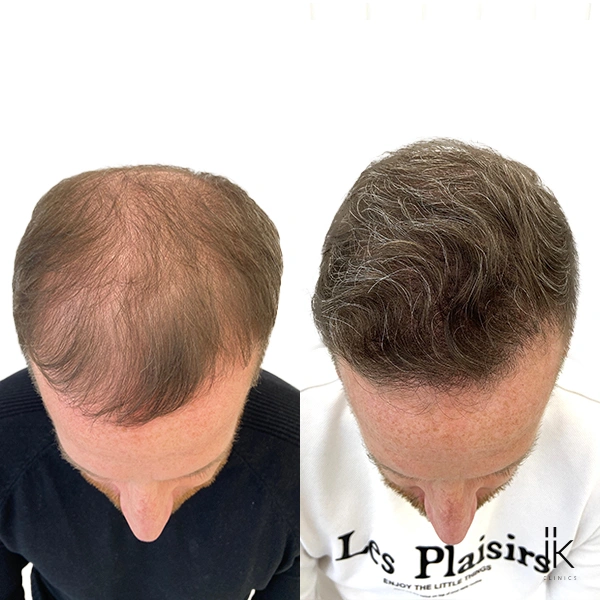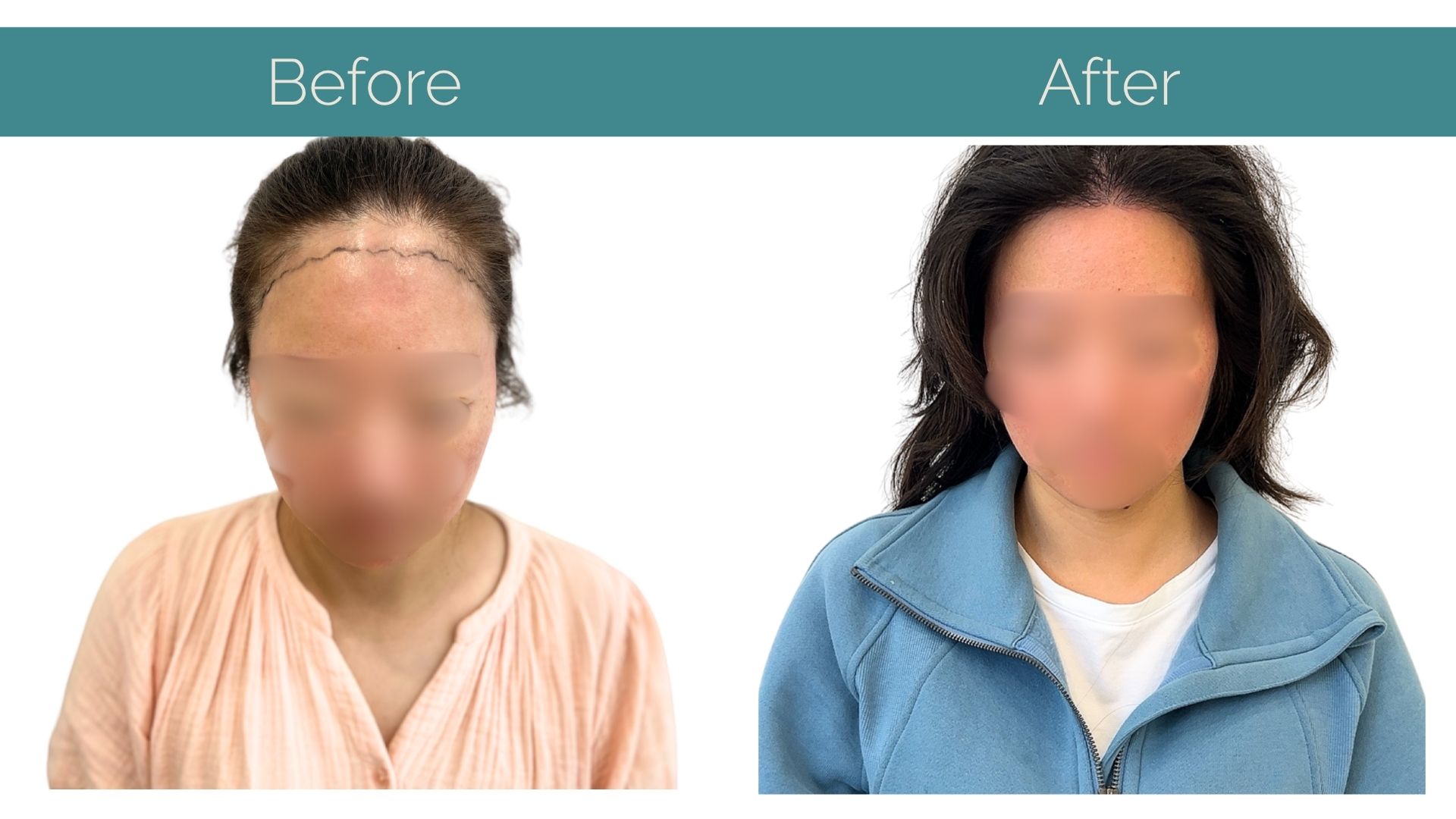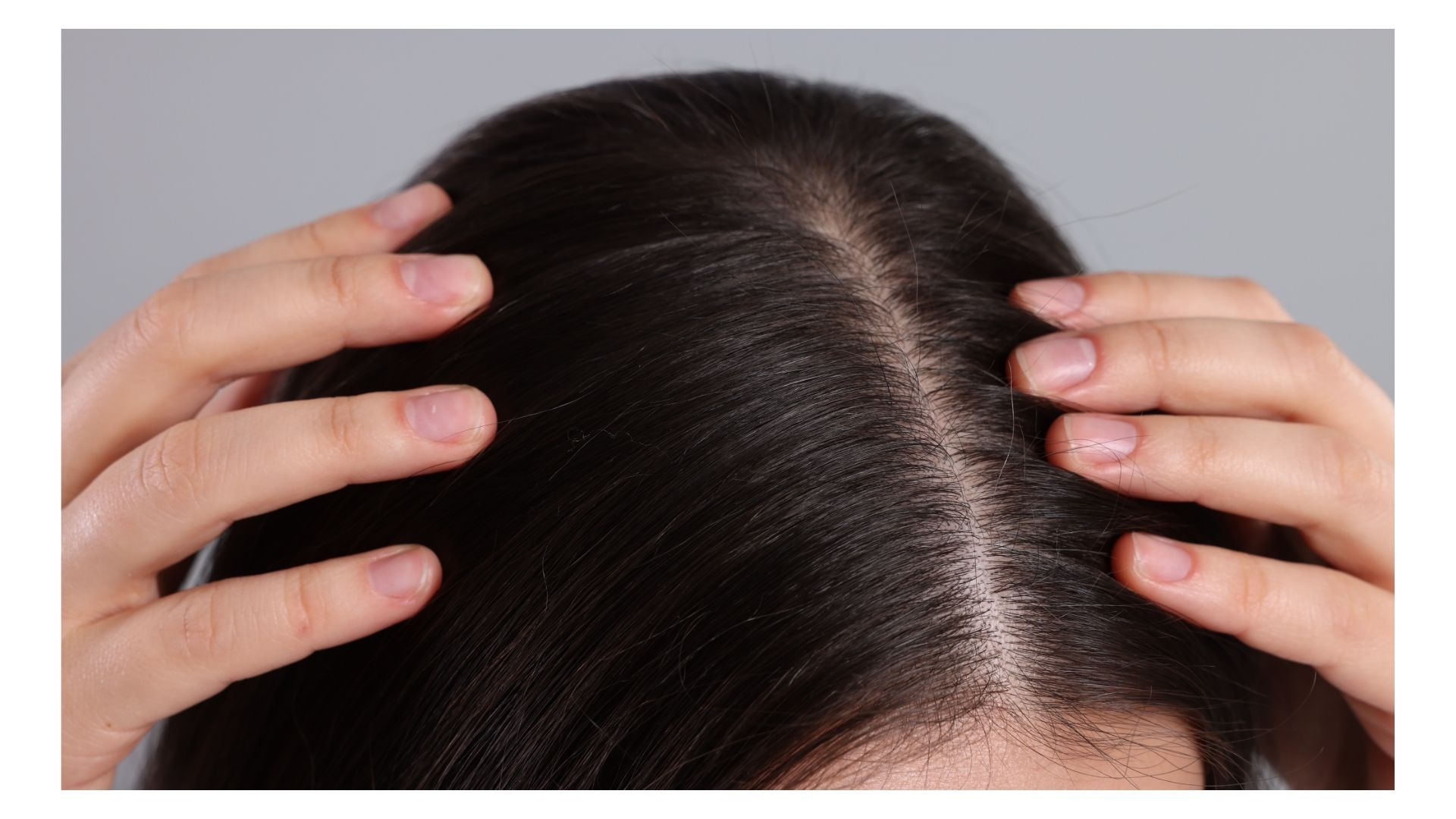If you’ve ever noticed hair strands in the shower drain or on your pillow and felt a pang of worry, you’re not alone.
Understanding what’s typical and when it’s time to be concerned can save you unnecessary stress and help you take better care of your hair.
The Hair Growth Cycle and Normal Shedding
The average person has about 100,000 to 150,000 hair follicles on their scalp, and each one follows a natural cycle of growth, transition, and shedding.
The anagen phase, or growth phase, can last between two to seven years and determines how long your hair grows. This is followed by the catagen phase, a brief transitional period where the hair follicle shrinks and detaches from the blood supply.
Lastly, the telogen phase, also known as the resting and shedding phase, lasts for about three months before the hair falls out to make room for new growth. At any given time, approximately 10% to 15% of your hair is in this shedding phase.
Losing between 50 to 100 hairs per day is entirely normal. Although it may seem like a lot, this amount of shedding is minor compared to the overall number of hairs on your scalp. The hair cycle is a continuous process, ensuring that lost strands are replaced with new growth over time.
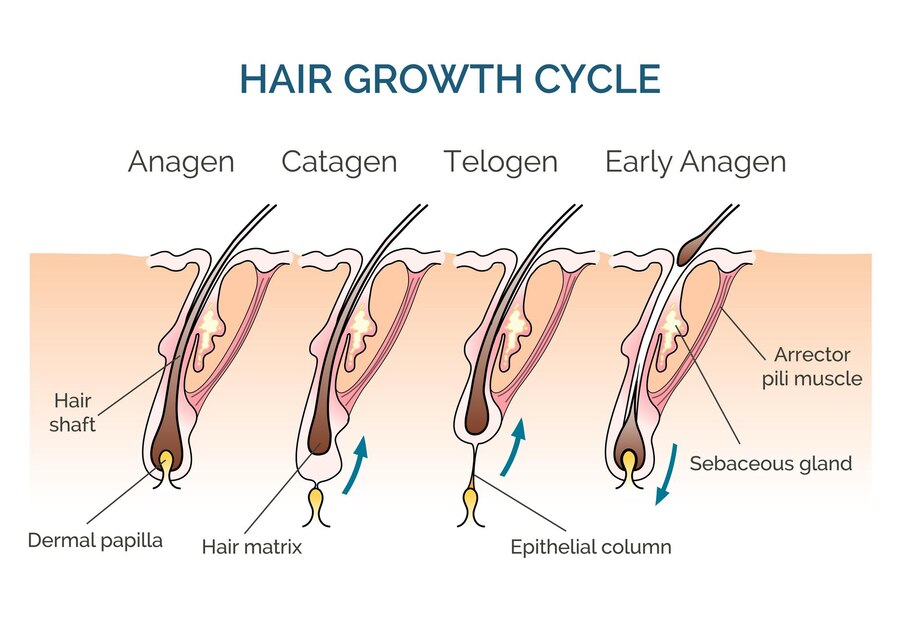
When Should You Be Concerned About Hair Loss?
While shedding is a natural occurrence, there are instances where hair loss becomes excessive and may indicate an underlying issue. If you notice a sudden increase in the amount of hair falling out – whether in the shower, on your pillow, or while brushing – it could be a sign of concern.
Additionally, if you observe thinning areas, bald patches, or a receding hairline, it may suggest conditions like alopecia areata, male or female pattern baldness, or other medical concerns.
Another red flag is losing clumps of hair at a time. This could be due to stress, illness, or a temporary condition known as telogen effluvium, where a larger number of hair follicles shift into the shedding phase all at once.
If hair loss is accompanied by scalp irritation, itching, redness, or flakiness, it might indicate scalp conditions such as psoriasis, dandruff, or fungal infections.
Furthermore, significant changes in hair texture, such as increased brittleness or easy breakage, may be linked to excessive heat styling, harsh treatments, or nutritional deficiencies.
Common Causes of Excessive Hair Loss
Hair loss can be triggered by various factors, some temporary and others more permanent.
Stress is a major contributor, as high levels of emotional or physical stress can push more hairs into the shedding phase. Often, this type of hair loss, known as telogen effluvium, occurs a few months after a stressful event, such as an illness, surgery, or emotional distress.
Diet also plays a crucial role in hair health. A lack of essential nutrients, such as iron, protein, vitamin D, and B vitamins, can lead to increased shedding. Crash dieting, extreme weight loss, and poor nutrition can all contribute to hair loss, as the body prioritises vital functions over hair growth when nutrient intake is insufficient.
Hormonal imbalances are another common cause of excessive shedding. Conditions such as pregnancy, menopause, thyroid disorders, and polycystic ovary syndrome (PCOS) can lead to changes in hair growth and loss patterns.
Similarly, the overuse of heat styling tools, chemical treatments, and tight hairstyles can cause hair breakage and give the impression of excessive hair loss.
Genetics also play a significant role in hair thinning. If you have a family history of male or female pattern baldness, you may be more prone to experiencing gradual hair loss over time.
Additionally, certain medical conditions, such as autoimmune diseases, anemia, and scalp infections, can contribute to increased shedding. Some medications, including those for high blood pressure, depression, and chemotherapy, list hair loss as a side effect.
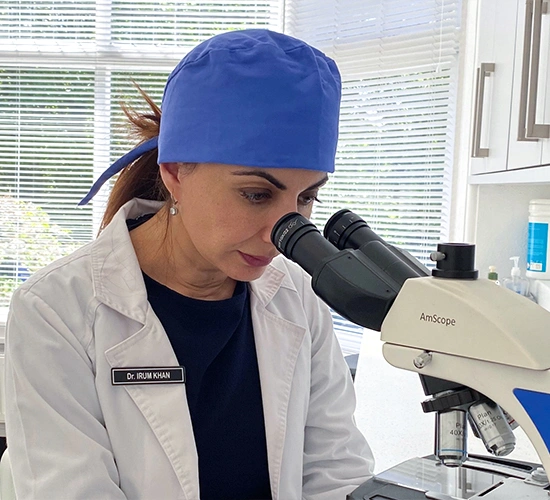
How to Keep Your Hair Healthy and Minimise Shedding
Maintaining a balanced diet rich in essential vitamins and minerals is one of the best ways to promote healthy hair growth.
Foods high in protein, healthy fats, and nutrients like biotin and iron can help strengthen hair and reduce excessive shedding. Leafy greens, nuts, eggs, and fish are excellent choices for supporting hair health.
Managing stress is equally important. Engaging in relaxation techniques such as yoga, meditation, or regular exercise can help minimise stress-related hair loss. Getting enough sleep and maintaining a healthy work-life balance can also contribute to overall well-being and hair retention.
Being gentle with your hair is crucial for preventing unnecessary breakage. Avoiding excessive heat styling, harsh chemical treatments, and tight hairstyles can help maintain the integrity of your strands.
Also, choosing mild, sulfate-free shampoos and conditioners can also protect your scalp’s natural oils and prevent excessive drying or irritation.
If you’re experiencing persistent or severe hair loss, seeking professional advice is recommended. A doctor or dermatologist can help identify any underlying causes and suggest appropriate treatments.
Options may include dietary adjustments, scalp treatments, medications, or lifestyle modifications to support healthy hair growth.
Final Thoughts
Finding hair in your brush or shower drain can be unsettling, but in most cases, it’s a completely normal part of the hair growth cycle.
Losing between 50 to 100 hairs per day is not a cause for concern, as new strands continually replace the old ones. However, if you notice excessive shedding, visible thinning, or other unusual changes, it may be time to investigate further.
Taking care of your hair through a nutritious diet, stress management, and gentle hair care practices can make a significant difference in maintaining strong and healthy locks. If in doubt, consulting a professional, like our team at IK Clinics, can provide reassurance and help address any underlying issues before they escalate.
So, the next time you see a few hairs on your pillow, don’t panic – your hair is just going through its natural process. However, if something feels off, trust your instincts and take the necessary steps to support your hair and scalp health.
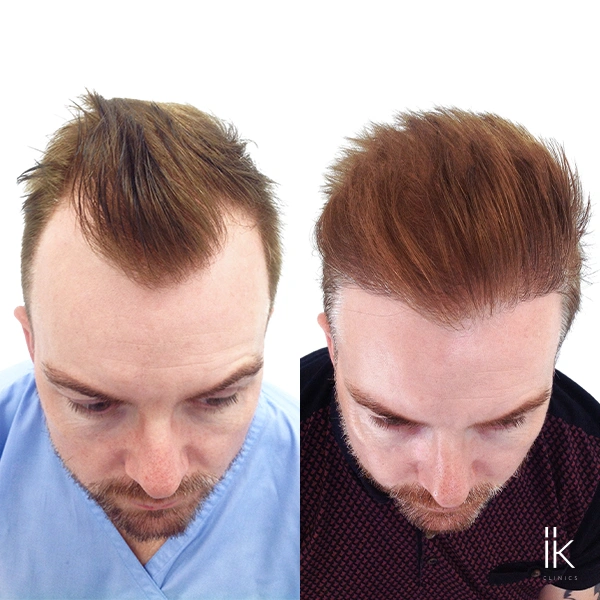
About IK Clinics
At IK Clinics, we’re not afraid to say that we’re proud to lead the way. Our expert team, advanced technology, and commitment to patient care ensure you get the best experience from start to finish.
What’s more, we offer a range of services in hair restoration, like FUE, Stem-cell and Plasma Therapy, along with various anti-aging treatments. Get in touch to find out more or book a consultation.
